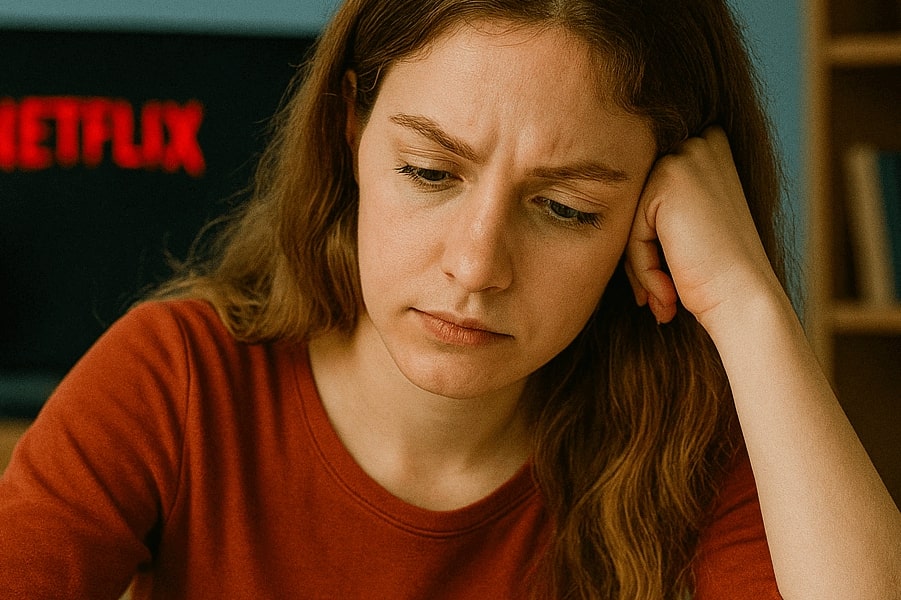Copyright © 2025 ExamoBoost (tech ED, fzco). All rights reserved.
ExamoBoost is a service provided by tech ED, fzco. tech ED, fzco is the legal entity responsible for all operations and services offered under the ExamoBoost brand. For more information, please contact us at info@examoboost.com.
DSO-IFZA, IFZA Properties, Dubai Silicon Oasis, Dubai, 0000, United Arab Emirates.
IELTS is a registered trademark of IDP Education Australia, the University of Cambridge, and the British Council. TOEFL and TOEIC are registered trademarks of Educational Testing Service (ETS). Cambridge Assessment is a trademark of the University of Cambridge. Pearson is a registered trademark of Pearson plc. OET is a trademark of OET Centre Pty Ltd. This website and its owners are not affiliated, approved, or endorsed by the University of Cambridge ESOL, the British Council, IDP Education Australia, Educational Testing Service (ETS), Pearson plc, or OET Centre Pty Ltd.


